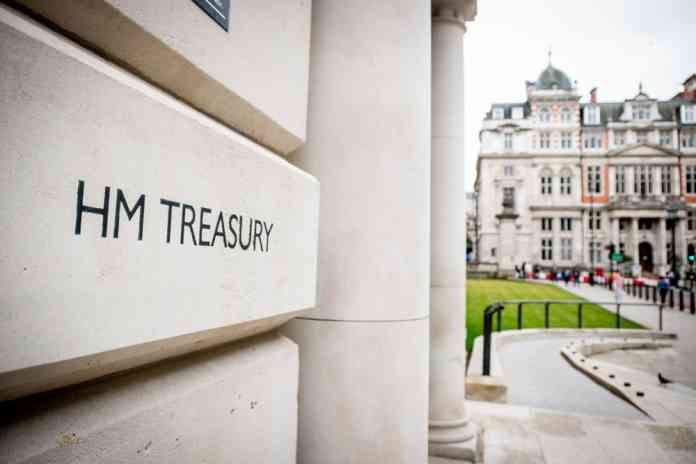Boost for defence under spring statement plans

This afternoon (26th March 2025) in the House of Commons, chancellor of the exchequer Rachel Reeves delivered her spring statement which, rather than a formal budget like her Autumn announcement, is an update on the economy and the trajectory of fiscal matters across England.
The chancellor of the exchequer outlined that her fiscal rules will remain in tact; namely, that taxes will not increase, and that there will be no borrowing. This means that any extra revenue made must come from cutting other budgets.
Notably, the Office for Budget Responsibility (OBR) has halved the UK growth forecast for 2025 from two per cent to one per cent, but the chancellor expects the economy will grow over time. She explains that the government’s budget will move from a deficit of £36.1 billion in 2025-26 and £13.4 billion in 2026-27 to a surplus of £6 billion in 2027-28 and rising to £9.9 billion in 2029-30.
The OBR thus predicts GDP growth of 1.9 per cent in 2026, 1.8 per cent in 2027, 1.7 per cent in 2028, and 1.8 per cent in 2029.
The government previously pledged to increase defence spending to 2.5 per cent GDP, and Reeves followed up on this promise by giving an extra £2.2 billion for the Ministry of Defence (MoD) to increasing global uncertainty, largely President Trump's administration and the ongoing war between Russia and Ukraine.
The government has pledged to spend a minimum of ten per cent of the MoD's equipment budget on tech such as drones and AI.
£400 million will be protected for UK defence innovation, which will rise over time, and reforms to defence procurement will aim to give small businesses better access to MoD contracts.
£200 million will support nuclear submarine jobs in Barrow and funds for military homes and naval ports, and an extra £2 million will go towards increasingly the lending capacity of UK Export Finance will aim to help finance overseas purchase of UK defence equipment.






















